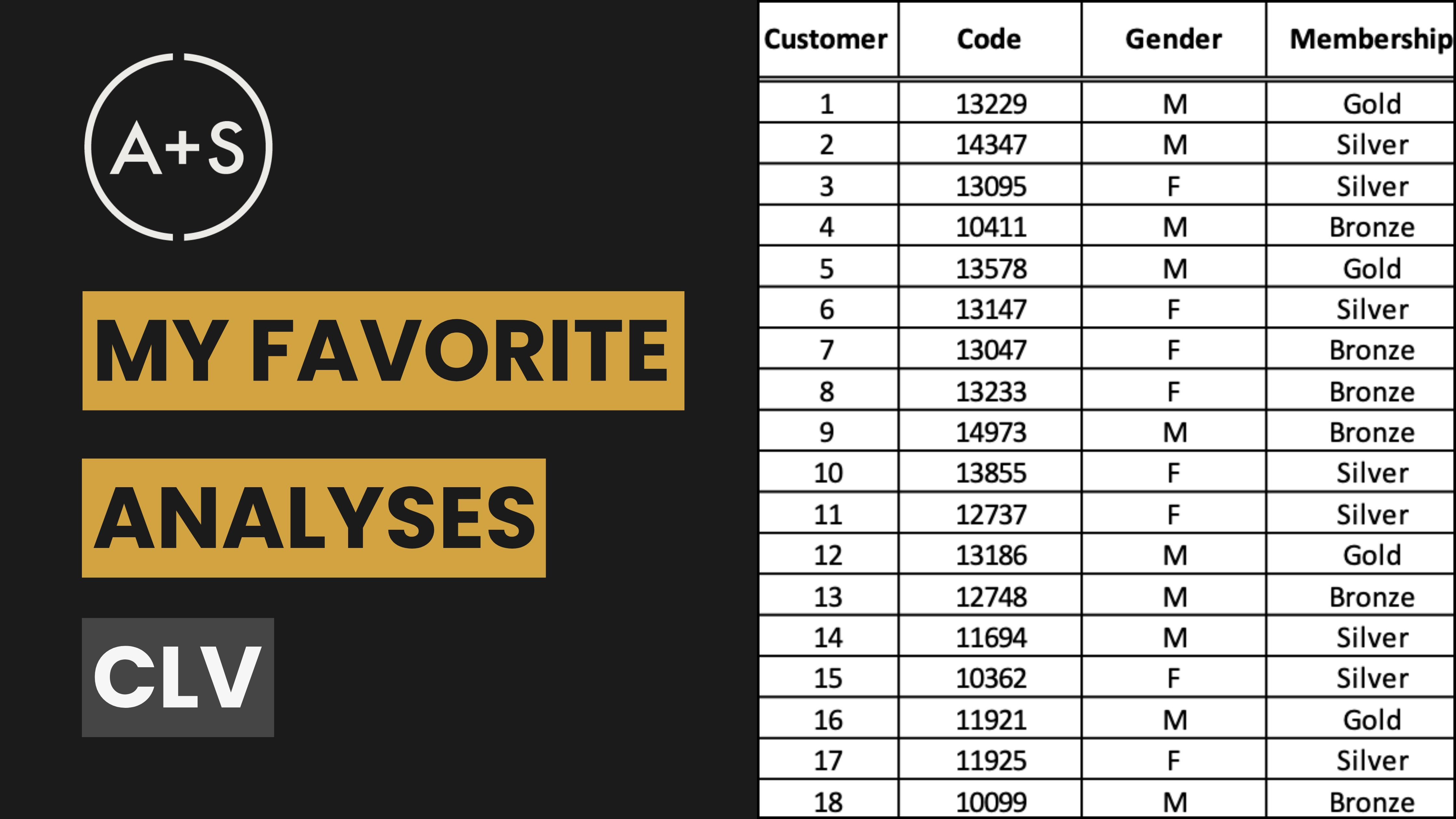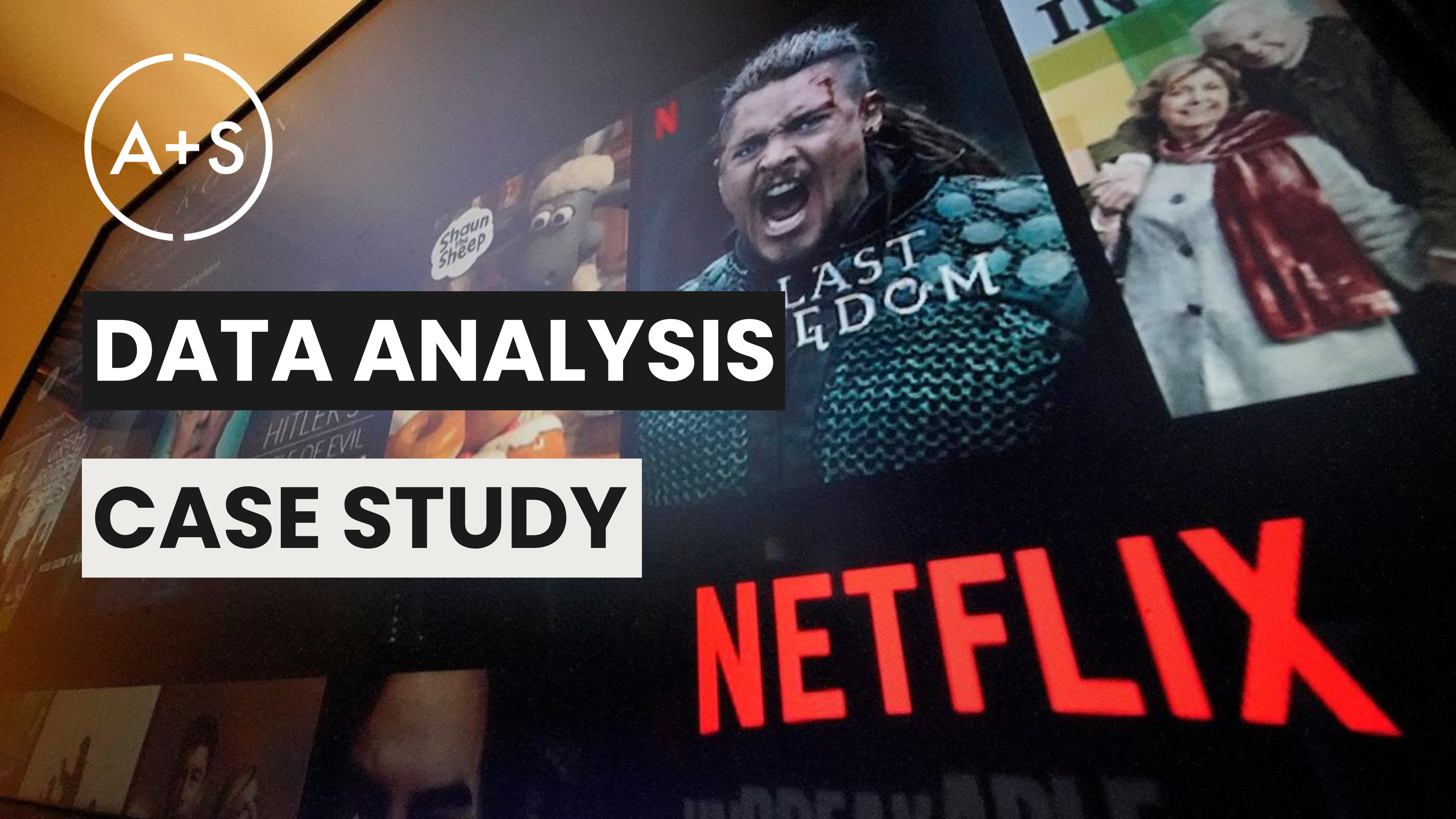We’ve spent a lot of time talking about building brands in this series — refining strategy, designing experiences, launching campaigns, and optimizing messages. We’ve explored defining brand identity , structuring portfolios , crafting memorable elements , owning market positions , building an online presence , storytelling , and even the strategic moves of brand extensions and revitalization (we’ve covered a lot!).
But at some point, you have to ask: Is it working?
That’s the role of brand equity measurement. It’s not just for the CMO, but for anyone who wants to understand the strength of a brand in the mind of the market. And what that means for growth, loyalty, and profitability.
Let’s unpack what it means to measure brand equity well and why it’s one of the smartest investments a business can make.
Why Brand Equity Measurement Matters
A brand isn’t just a logo, a slogan, or a campaign. It’s what your audience believes, remembers, and expects. It’s the mental shorthand that influences behavior and builds value over time. David Aaker, a recognized authority on brand strategy, emphasizes that brands are assets that drive strategy, profitability, and performance.
Measuring brand equity helps quantify that value. It turns vague concepts like “brand health” into actionable insights. It provides marketers with timely, accurate, and actionable information, crucial for both short-term tactical adjustments and long-term strategic planning. Without a clear understanding of where a brand stands, assessing marketing program effectiveness or identifying improvement areas becomes challenging.
In short, it helps you manage your most important intangible asset — which can constitute over 60% of a company’s intangible value — with clarity and precision. A product with positive brand equity can benefit from better perception of product or service performance and greater customer loyalty.
The System Behind It: Three Core Pillars
To measure brand equity effectively, you need a structured, ongoing system not just a one-off survey or gut check. This system is a set of research procedures designed to provide marketers with necessary insights into their brands. It typically includes three key components:
- Brand Audit: This is the full diagnostic: a comprehensive examination to assess current health, uncover sources of equity, and suggest ways to enhance it. It consists of two main components:
- Brand Inventory: Catalog all products and services, analyzing how they are branded and marketed.
- Brand Exploratory: Uncover consumer perceptions and feelings about the brand and its competitors, often using qualitative research techniques.
- Brand Tracking Studies: These monitor brand performance over time by collecting information from consumers on a routine basis. They track core metrics—awareness, image, loyalty—over time. Usually conducted quarterly or biannually, they give you a longitudinal view of brand performance. The metrics tracked are often identified during the brand audit.
- Brand Equity Management System: This is the operational layer that makes brand equity measurable, visible, and actionable across the organization. It involves creating organizational processes to improve the understanding and use of the brand equity concept within a firm.
- Brand Charter (or Brand Bible): A formal document defining what the brand stands for, how it should be managed, its scope, desired equity, measurement methods, strategic guidelines, tactical program guidelines, and proper brand treatment.
- Brand Equity Reports: Recurring dashboards that compile tracking survey results and other outcome measures, distributed regularly to management (e.g., monthly, quarterly, or annually). They provide descriptive and diagnostic information about what is happening to the brand and why.
- Brand Equity Responsibilities: Clearly defined organizational responsibilities and processes concerning the brand are essential for maximizing long-term brand equity.
What to Measure: Key Brand Equity Metrics
Here’s where the analyst’s toolkit kicks in. The most meaningful measures typically include:
- Brand Awareness: The extent to which consumers recognize or recall a brand. Quantitative techniques measure recall (unaided awareness) and recognition (aided awareness). Awareness is the fuel that drives recognition of brand identity and the understanding that the identity carries through perceived quality.
- Brand Image: Encompasses the perceptions and associations that consumers hold about a brand.
- Brand Associations: Mental connections consumers make between a brand and its attributes, characteristics, benefits, and values. Measured using qualitative techniques (free association, projective techniques, experiential methods) and quantitative methods (surveys with adjective ratings, text mining of online data).
- Perceived Quality: The customer’s perception of the overall quality or superiority of a product or service compared to alternatives. It directly impacts purchase decisions, brand positioning, and pricing strategy, often more so than actual quality. Measured via surveys and rating scales that directly ask consumers about their quality perceptions.
- Brand Personality and Values: Human characteristics and core principles associated with a brand. Assessed with techniques like adjective checklists and projective techniques.
- Brand Loyalty: Reflects the strength of customer attachment to a brand and their tendency to repurchase it. Measured by tracking repeat purchases, customer retention rates, and willingness to recommend the brand (e.g., Net Promoter Score). Loyalty is a measure of not only what the marketplace is told but how the brand delivers on that promise.
- Other Key Brand Equity Metrics: Aaker’s “Brand Equity Ten” includes measures like price premium, satisfaction/loyalty, perceived quality/leadership measures, brand associations, brand differentiation, brand awareness, market share, and market price and distribution coverage.
Together, these measures give you a comprehensive view of both what the brand means and how it performs.
Brand Tracking: The Long View
One of the most powerful (and too often underused) tools in brand strategy is a solid tracking study. By consistently collecting data over time, they allow marketers to:
- Monitor Brand Health: Track changes in brand awareness, image, loyalty, and other key metrics to understand if the brand is strengthening, weakening, or remaining stable.
- Evaluate Marketing Program Effectiveness: Assess the impact of marketing campaigns and initiatives on brand equity components.
- Identify Emerging Trends and Issues: Detect shifts in consumer perceptions or competitor activities that may affect the brand.
- Provide Diagnostic Insights: Help understand the reasons behind changes in brand equity metrics.
- Inform Strategic Decisions: Provide the data needed to make informed decisions about brand positioning, marketing investments, and potential brand extensions.
The results of brand tracking studies are typically compiled into brand equity reports, which serve as a vital communication tool for management, providing insights into brand performance and guiding strategic actions.
What Analysts Bring to the Table
If you’re in analytics, your role isn’t just to run surveys. It’s to:
- Build the brand equity measurement system.
- Choose the right metrics for relevant insights.
- Visualize the results in clear dashboards and reports.
- Spot patterns others miss.
- Surface leading indicators of decline or momentum.
- Translate findings into actionable business recommendations.
In short: you help make brand equity real. Not just a marketing aspiration, but a measurable, investable asset.
Final Thought: What Gets Measured Gets Managed
The old adage holds true: If brand equity is one of your company’s most valuable assets, then not measuring it is a liability. Brands drift. Consumer expectations shift. Campaigns underperform. But when you have a measurement system in place, you’re not guessing — you’re guiding.
This systematic approach is especially crucial in a dynamic, digital, and socially aware environment, where big data and analytics are raising the appeal of short-term marketing. The temptation is immense: readily available short-term financial measures offer instant gratification, and critically, careers often advance when these immediate improvements are delivered. This relentless focus on the near-term inevitably makes building and defending long-term brand assets an ongoing battle.
Yet, precisely because brand equity is the strategic asset that drives an organization’s health and growth, choosing not to quantify and manage it actively means leaving your most valuable intangible asset — the very predictor of future growth and profitability — unseen and unmanaged. By rigorously measuring brand equity, you equip yourself with the clarity and foresight needed to navigate these pressures and ensure sustainable success.
So the next time someone asks, “How’s the brand doing?” you won’t offer a hunch. You will offer a window into real, tangible, and actionable insight.
And that’s what turns brand building from art into art+science.
Until next time, Keep Analyzing!




